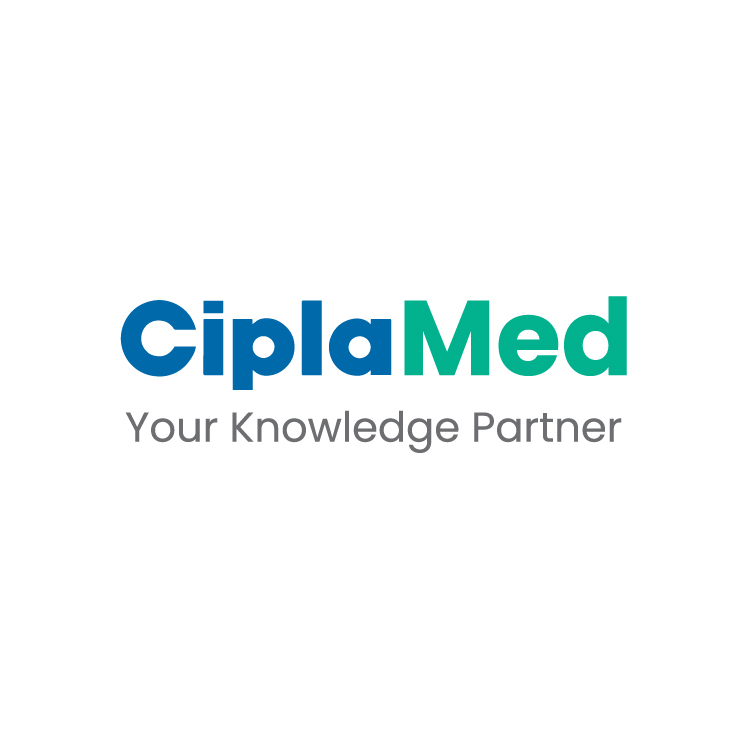Oral Therapy and Outpatient Care
Speaker: Dr. Laura Escola-Verge, Spain
Key Highlights:
Speaker started the session with a case study.
-
A 91-Year-Old with Infective Endocarditis
-
Background: A 91-year-old independent male with hypertension and moderate mitral valve regurgitation, living alone, was hospitalized after tripping on a carpet. He had bruises and acute renal failure (no fractures).
-
Clinical Course:
-
Developed fever (38°C) days after admission.
-
Found to have suppurative phlebitis with blood cultures positive for methicillin-susceptible Staphylococcus aureus.
-
Transesophageal echocardiography (TOE) confirmed native mitral valve infective endocarditis.
-
Clinical Dilemma: Although he was clinically stable and recovering, traditional management dictated prolonged IV antibiotics. However, the team explored outpatient strategies due to:
-
High risk of hospital-related complications.
-
The need for functional recovery.
-
Cost-effectiveness and patient preference.
Paradigm Shift in Endocarditis Management:
Traditional dogma: Infective endocarditis (IE) requires prolonged IV antibiotics due to high bacterial burden within vegetations and poor antibiotic penetration.
Evolving evidence: Supports shorter hospital stays, oral switch therapy, and outpatient parenteral therapy (OPAT) or long-acting antibiotics.
Focus of session: Switching from IV to oral antibiotics in stable IE patients.
Early Randomized Trials on Oral Therapy:
-
US Trial: Right-Sided Native Valve IE (Staphylococcus)
-
Treatment arms:
-
Oral: Ciprofloxacin + Rifampin
-
IV: Standard therapy
-
Outcomes:
-
Both groups had similar cure rates.
-
Less toxicity in the oral therapy arm.
-
Trial on Left-Sided Streptococcal IE
-
Design: After 2 weeks of IV antibiotics, patients were randomized to:
-
Oral: High-dose amoxicillin
-
IV: Continued parenteral therapy
-
Result: 100% cure rate in both groups.
-
POET Trial: Landmark Study Supporting Oral Switch
-
Design: Open-label, randomized controlled trial.
-
Population: Patients with left-sided infective endocarditis due to:
-
Staphylococci
-
Streptococci
-
Enterococcus faecalis
-
Eligibility: After ≥10 days of IV antibiotics and meeting strict clinical, laboratory, and echocardiographic criteria.
-
Randomization:
-
Oral switch group: Given two oral antibiotics with different mechanisms.
-
IV group: Continued standard IV therapy.
-
Primary Outcome: A composite of:
-
All-cause mortality
-
Unplanned cardiac surgery
-
Embolic events
-
Relapse of bacteremia with the primary pathogen
-
Results:
-
Non-inferiority of oral therapy to continued IV antibiotics.
-
Similar rates of primary composite endpoint in both groups.
-
Clinical implication: Supports oral step-down therapy in stable, selected patients with left-sided IE.
Real-World US Data (Three Acute Care Hospitals):
-
18% of patients were switched to oral antibiotics.
-
Outcomes: Comparable to IV-only group.
-
Patient Profile (Oral group):
-
Younger patients.
-
More injection drug users.
-
Higher rate of Methicillin-resistant Staphylococcus aureus (MRSA) and tricuspid valve involvement.
-
Drugs Used:
-
Predominantly linezolid (90% monotherapy).
-
High-dose penicillin.
-
Adverse Events:
-
More in IV group (e.g., acute kidney injury, IV line complications).
-
Hospital Stay: No significant difference due to OPAT use.
Barriers to Implementation
-
Intrinsic: Clinician beliefs, lack of familiarity.
-
Extrinsic:
-
Patient complexity.
-
Guideline ambiguities.
-
Drug regimen complexity.
-
Need for oral options with high bioavailability.
-
System-level logistical constraints.
Conclusion:
Speaker emphasized that the choice of strategy must be individualized, factoring in clinical stability, pathogen, drug availability, and team expertise—while always centering on patient values and needs.
ESCMID Global, April 11-15, 2025, Vienna


